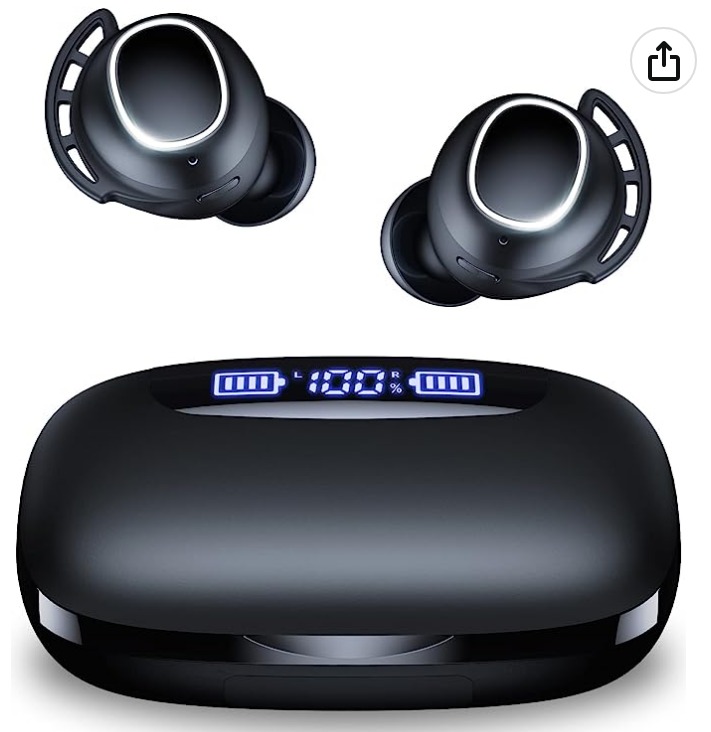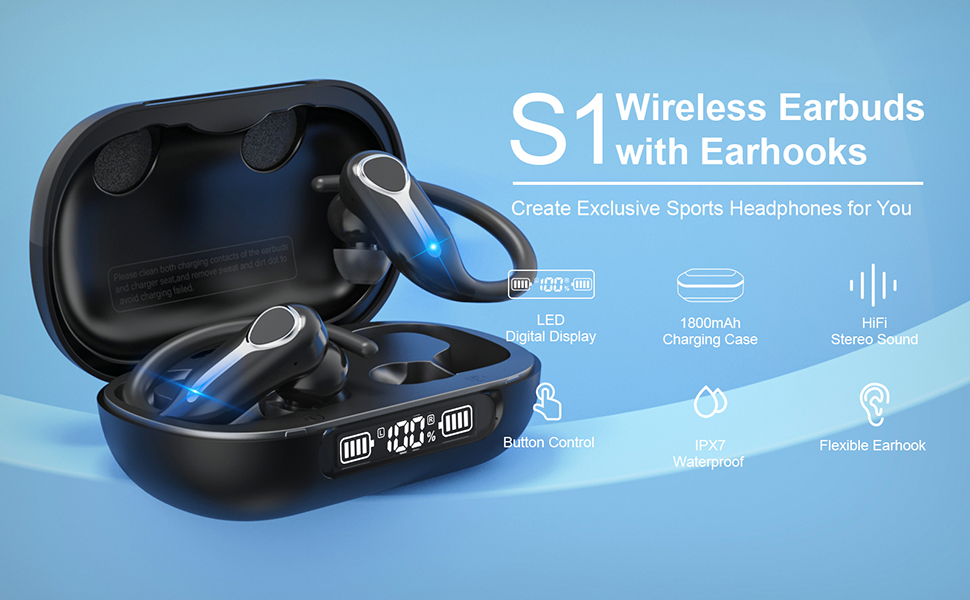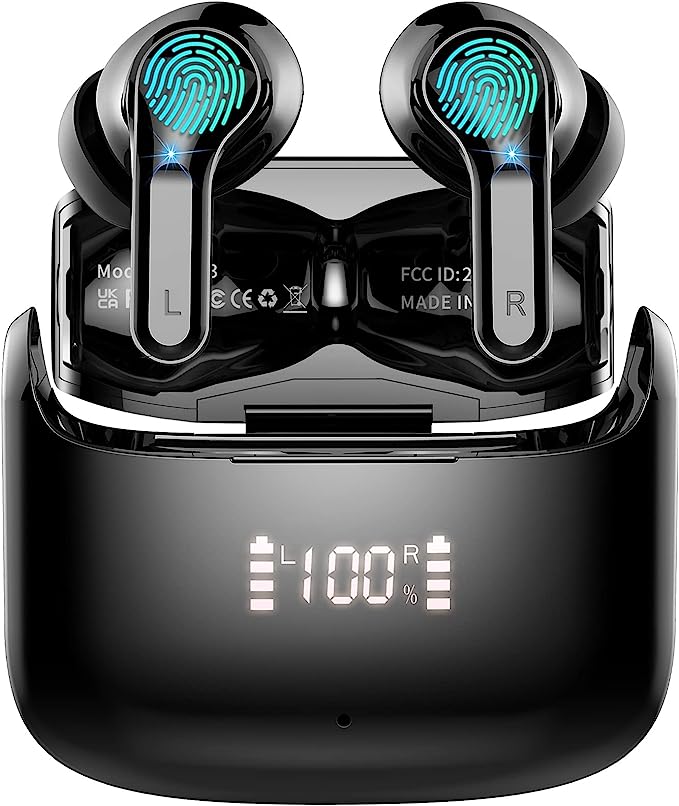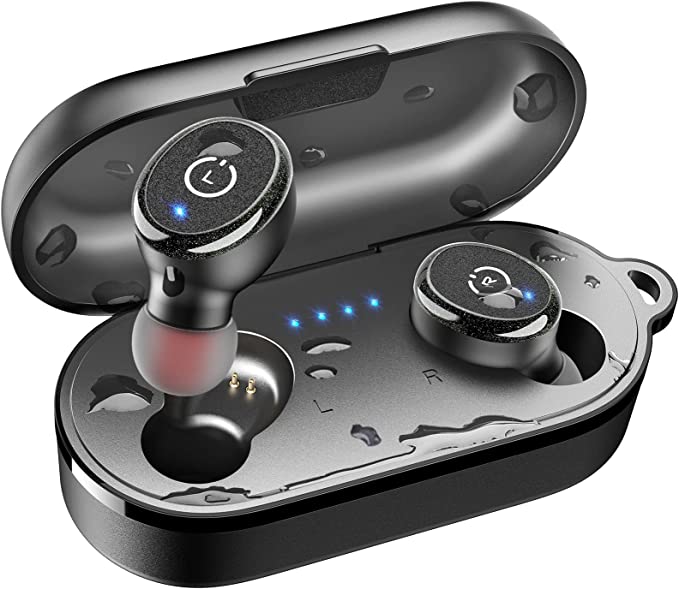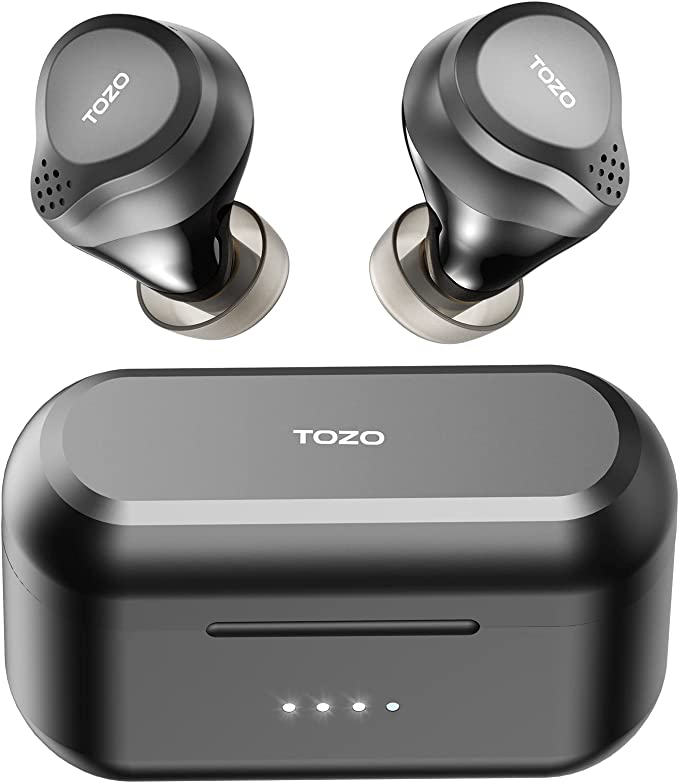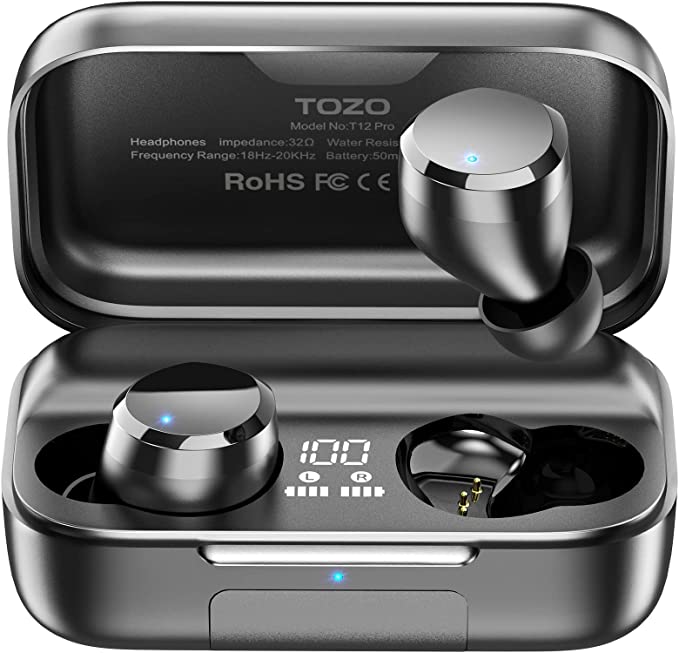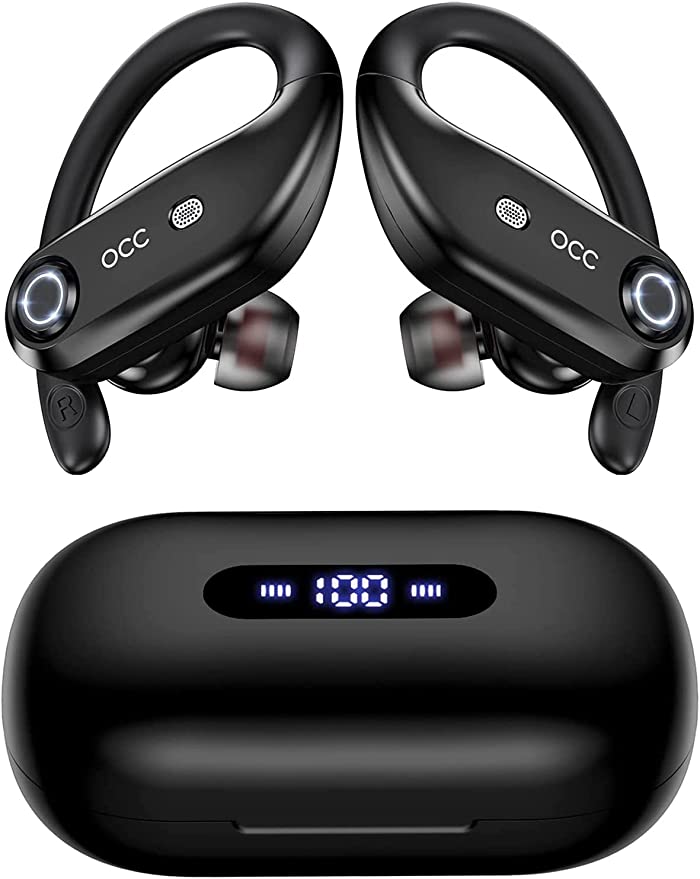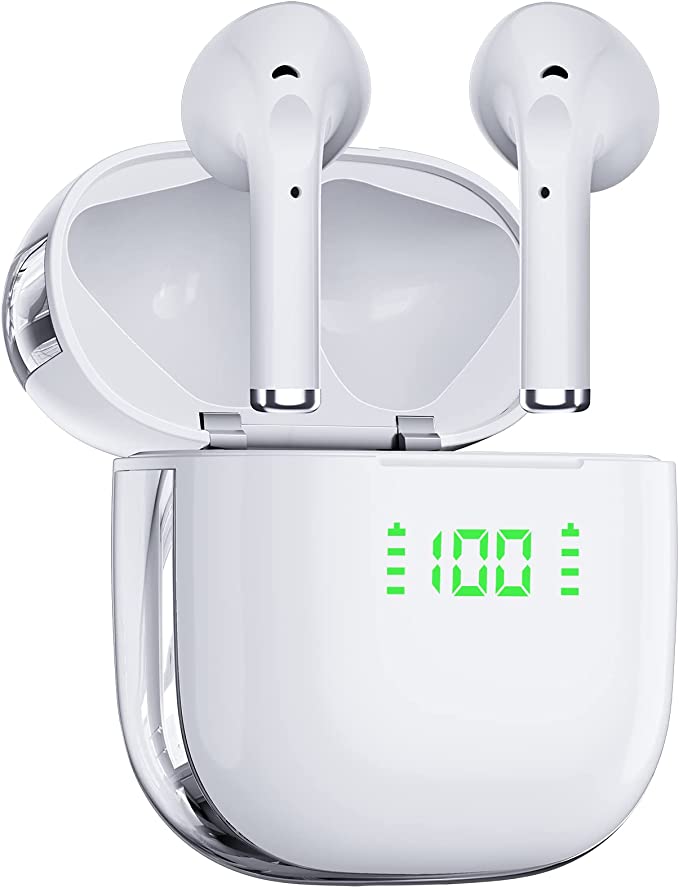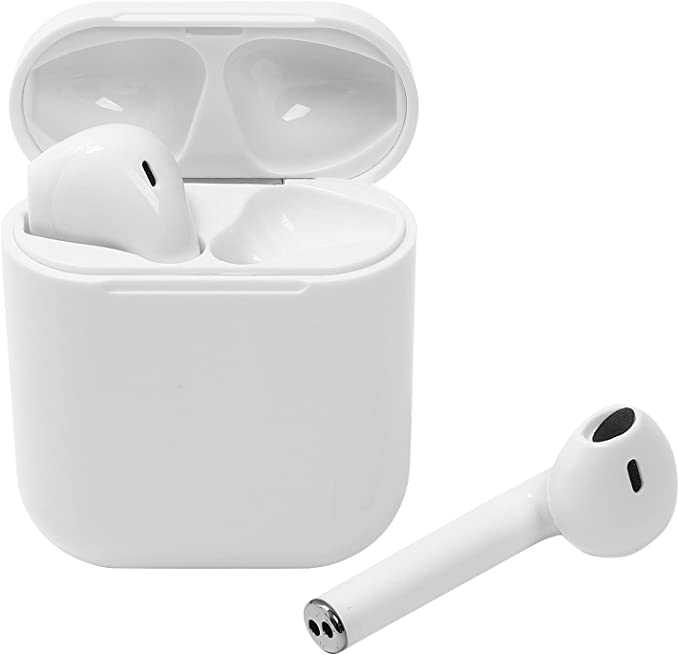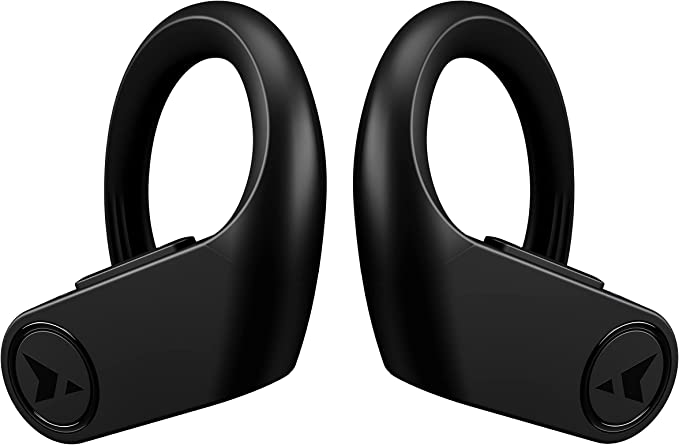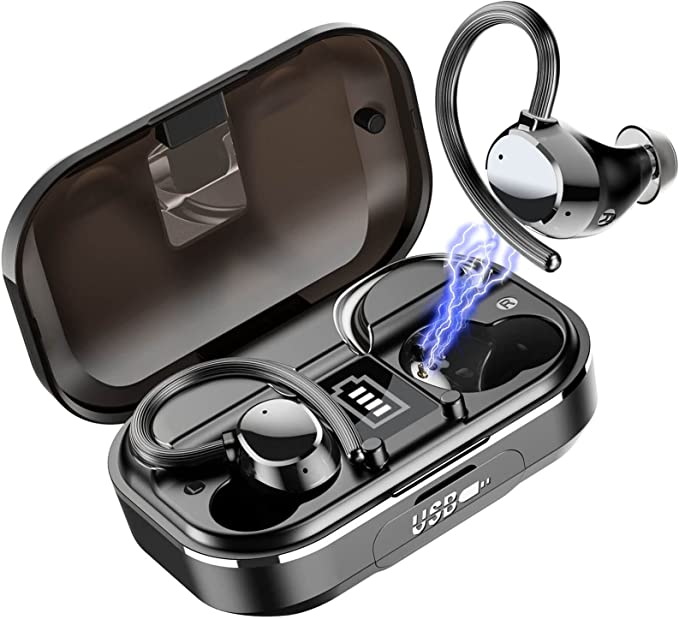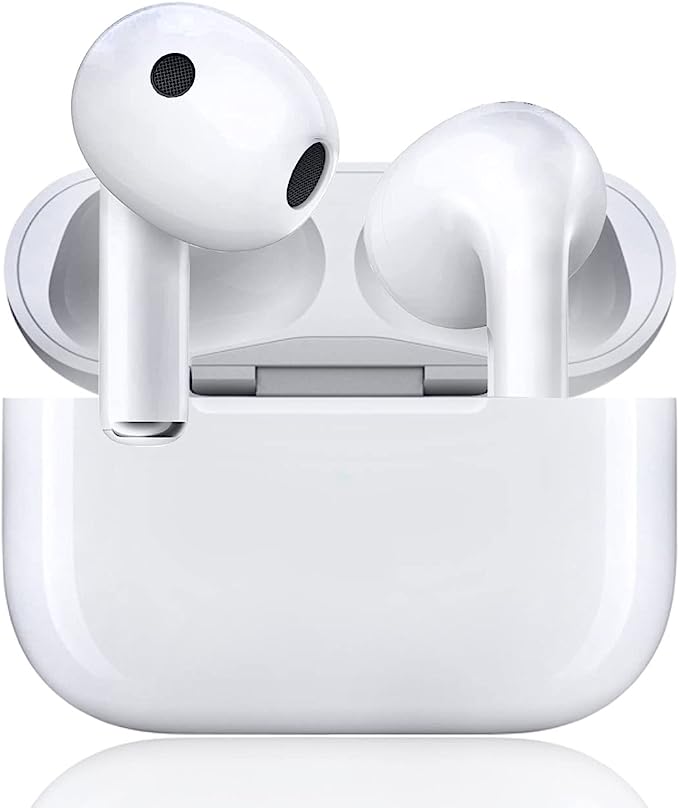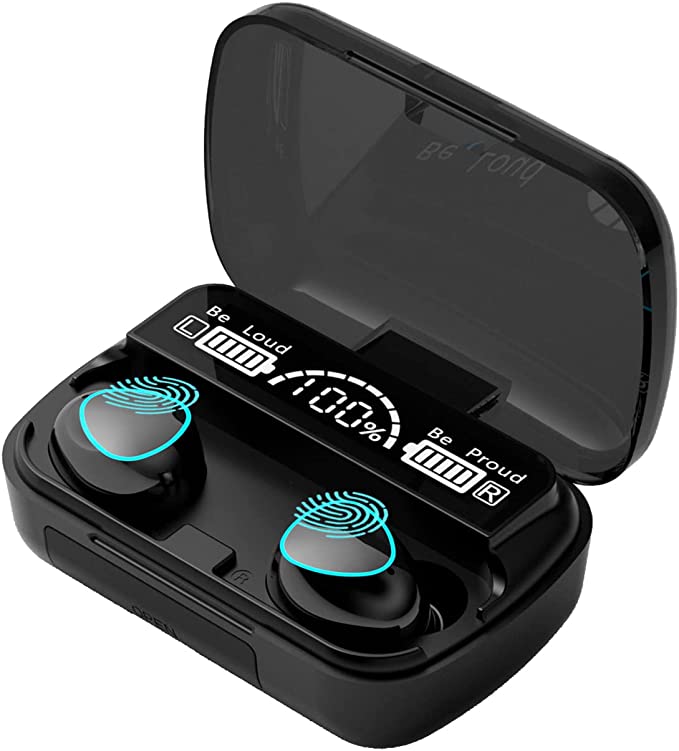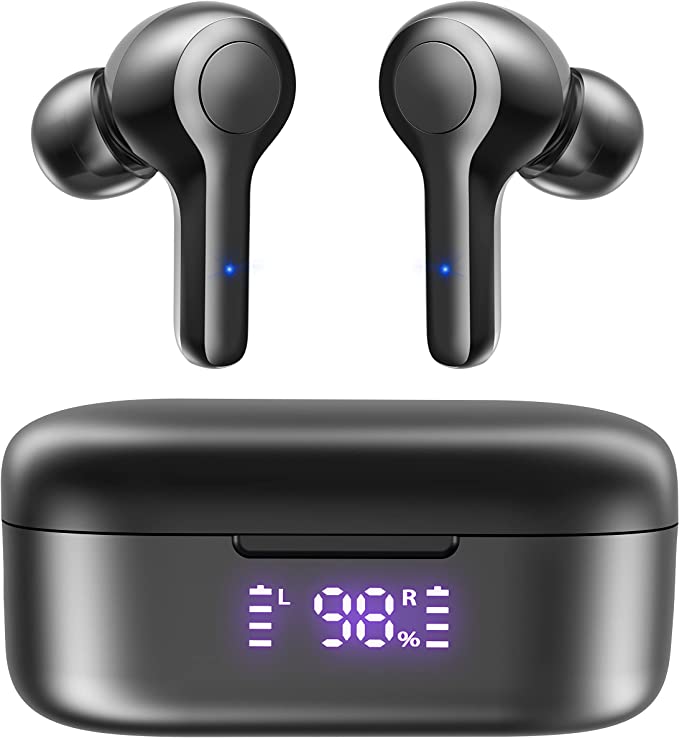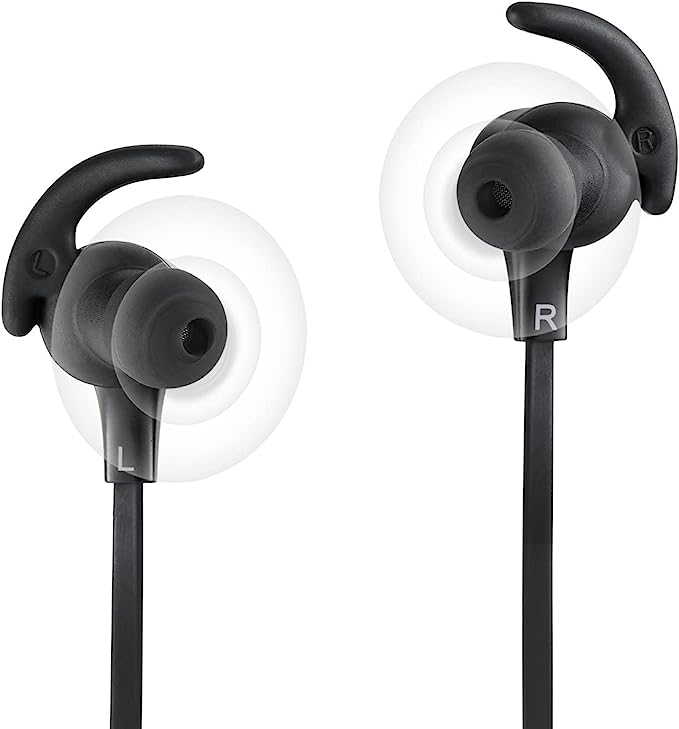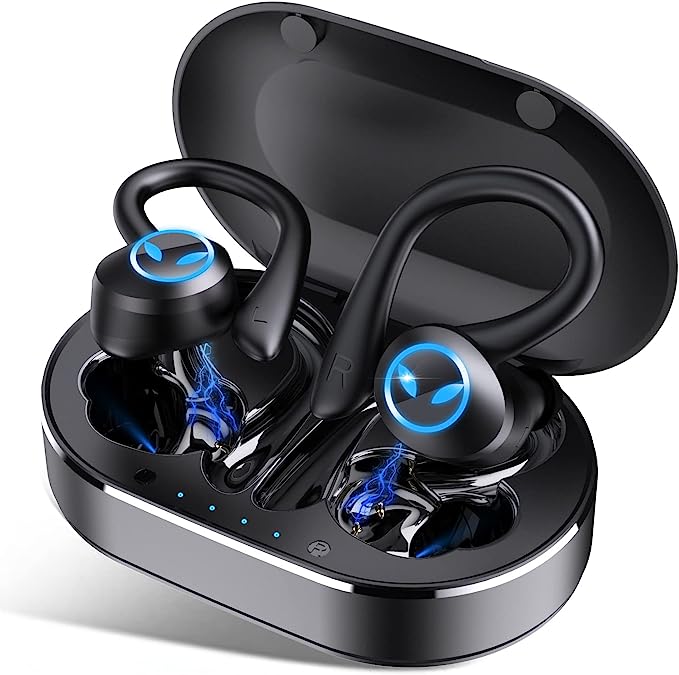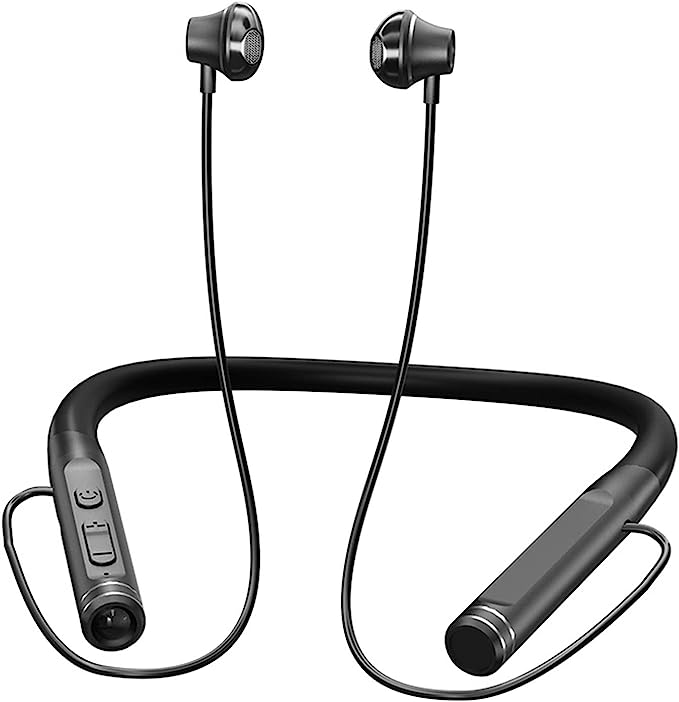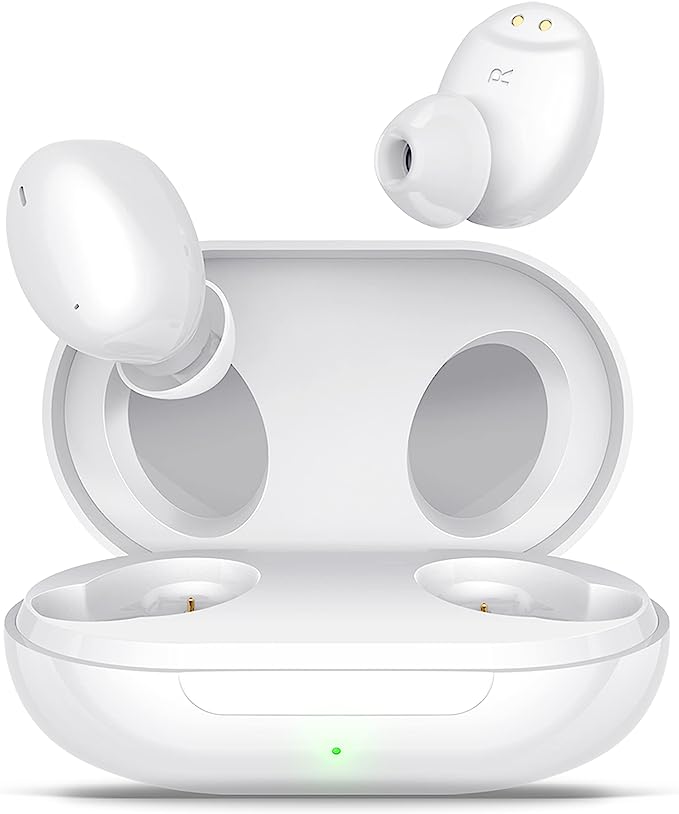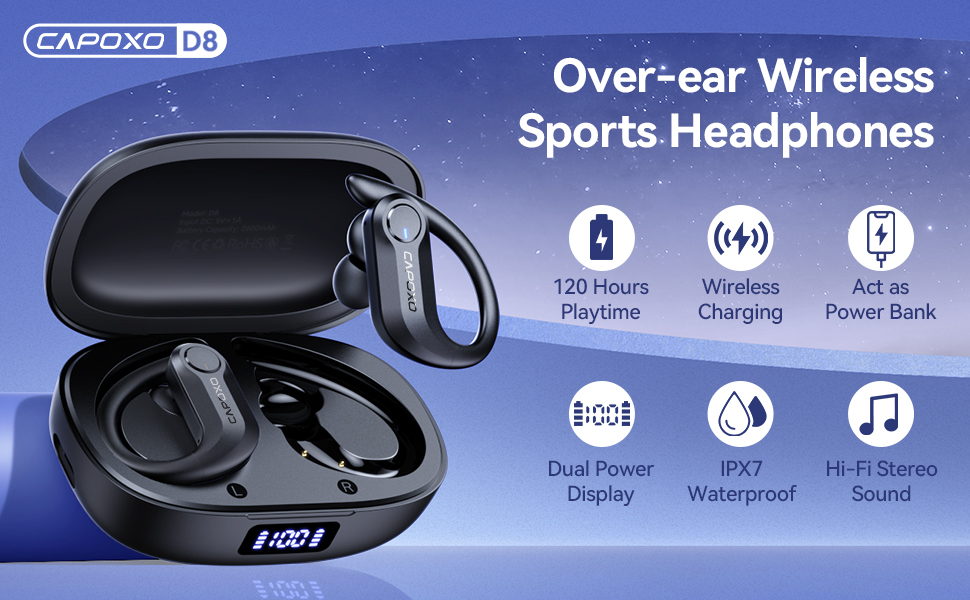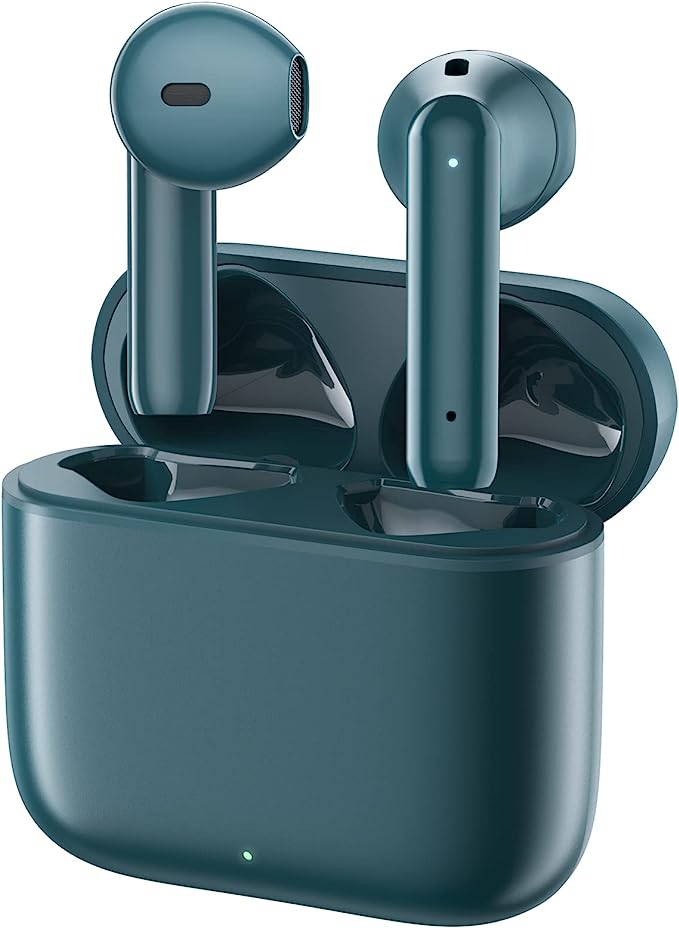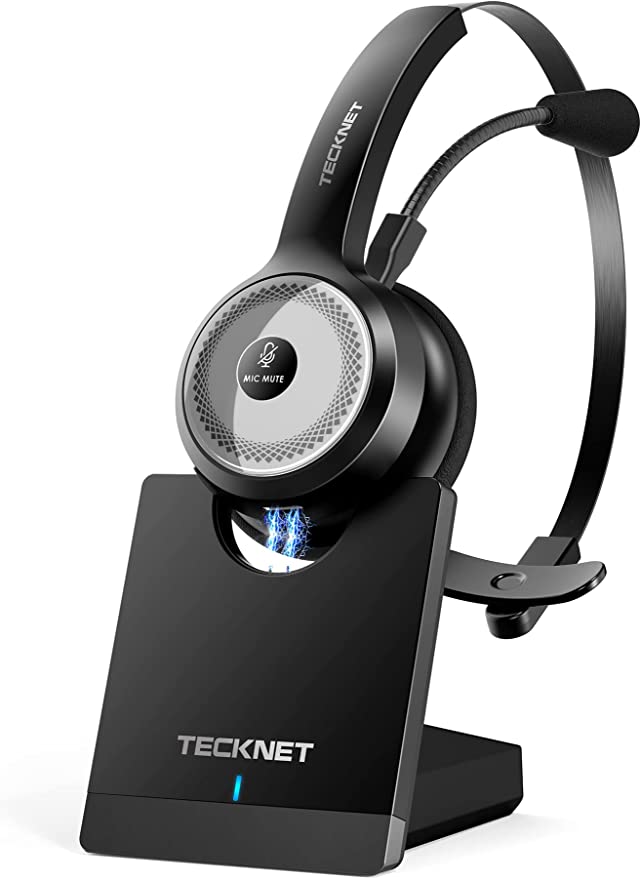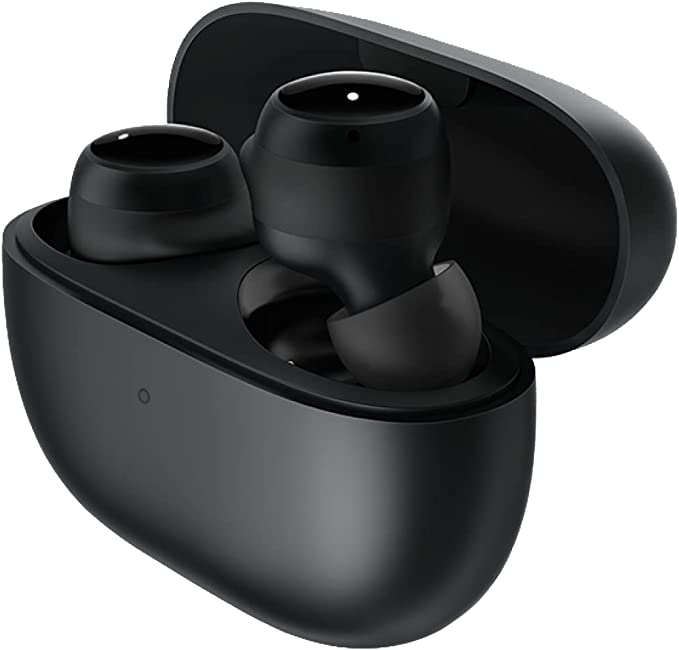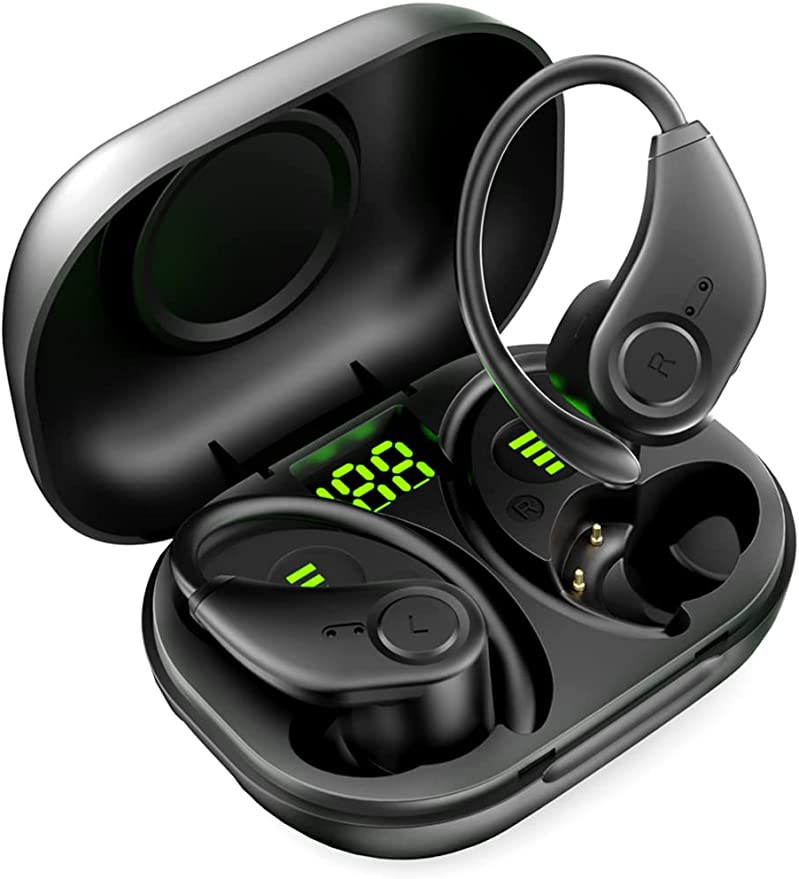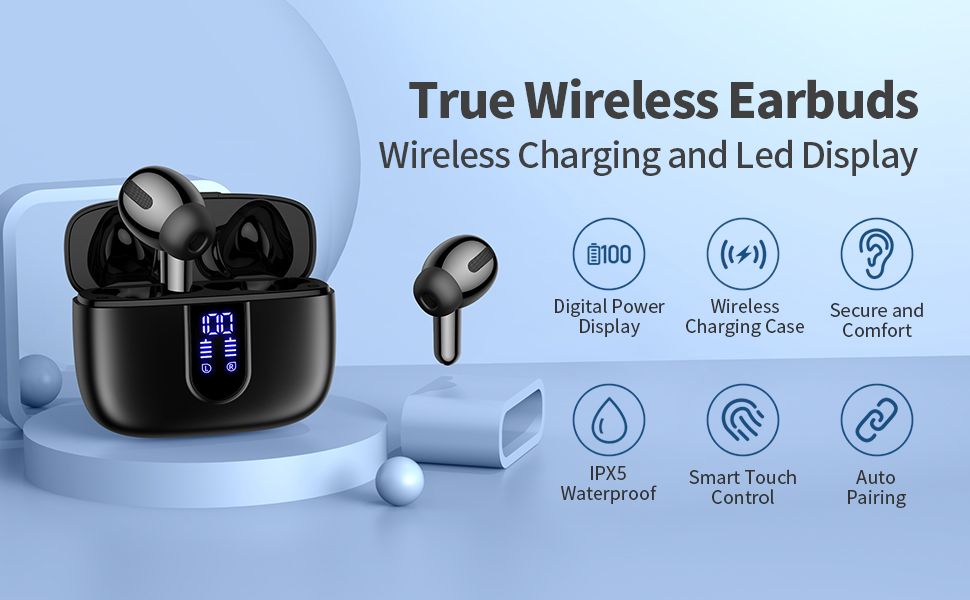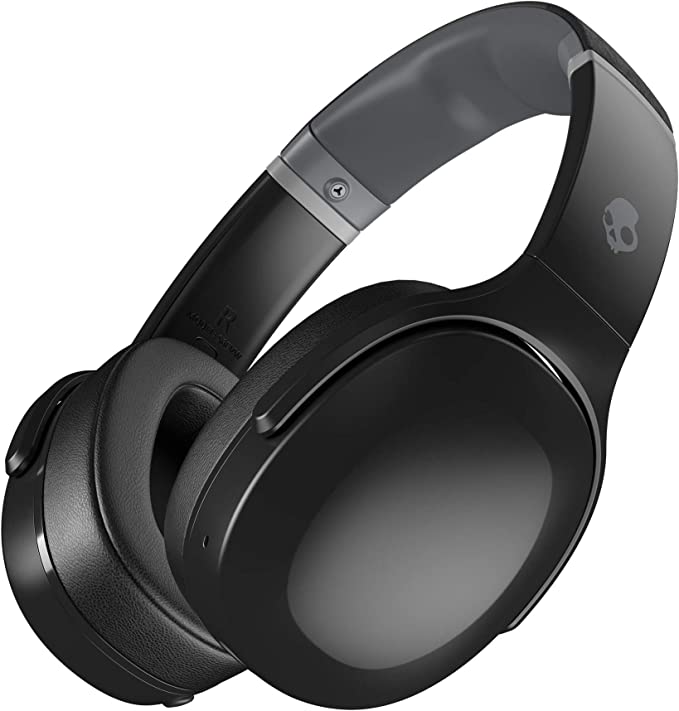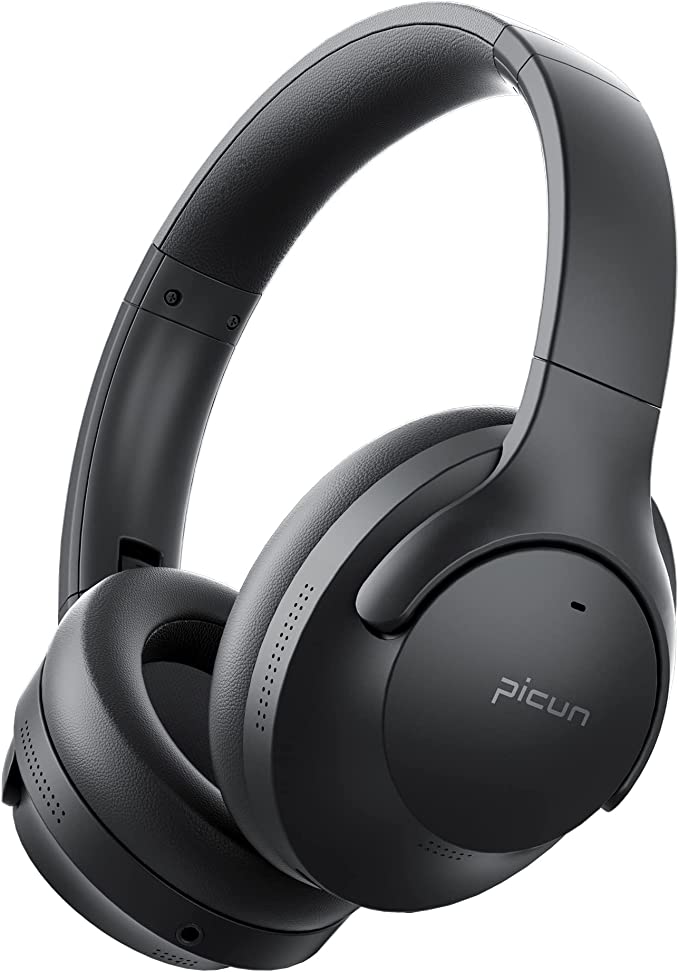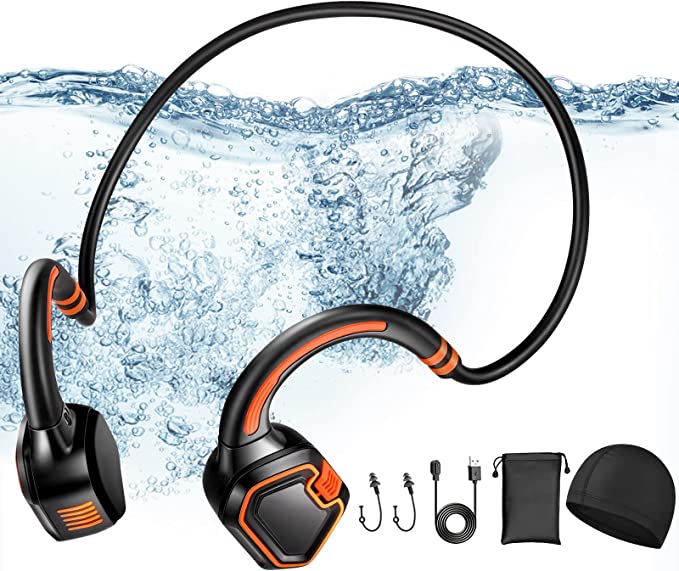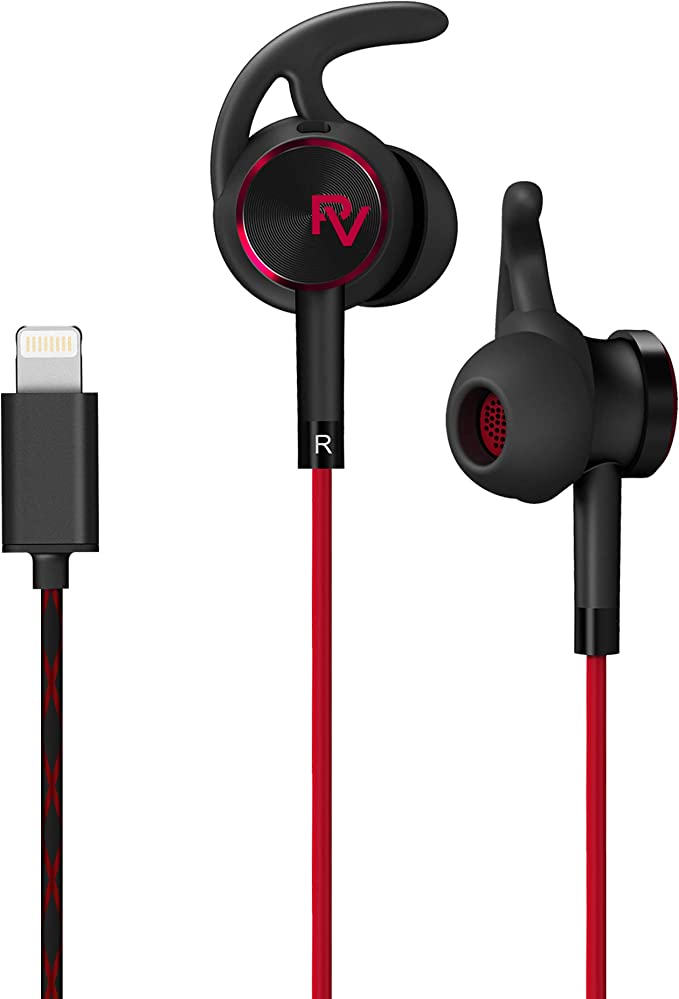The Missing Manual for Wireless Earbuds: A Power-User's Guide
Update on Oct. 30, 2025, 11:55 a.m.
Welcome. You’ve just unboxed a new pair of wireless earbuds, or you’ve been using a pair for months, but something feels… off.
Maybe the battery dies faster than you expected. Maybe the sound is tinny, or they refuse to connect to your laptop. You’re not alone. The truth is, most of us are never taught how to properly use these tiny, powerful computers we stick in our ears.
This isn’t a review. This is the guide I wish I’d had. We’re going to move beyond the marketing slogans and learn how to master your earbuds, turning frustration into expertise. To make things concrete, we’ll use a device like the ZINGBIRD X15-001 as our case study, a typical example of modern budget-friendly earbuds packed with features.
Let’s get started.
1. The Power Triangle: Stop Guessing Your Battery Life
This is the number one area of confusion. You don’t have one battery; you have three: one in the case, one in the left earbud, and one in the right.
Think of it as a relay race.
1. You charge the case (the “mothership”) via a cable or wireless pad.
2. The case then charges the earbuds whenever they’re docked.
3. The earbuds run on their own small batteries until they’re depleted and need to return to the case.
When a product, like the ZINGBIRD X15, advertises “50 hours of playback,” it’s not 50 hours continuously. It’s a combined total. The [资料] shows the earbuds get about 5 hours on their own, but the case holds another 45 hours (or 4 full recharges) in its internal battery. That’s the ecosystem.

The Two Charging Killers (And How to Fix Them)
You put your earbuds away, and the next day, one is dead. Why?
- Problem 1: Dirty Contacts. The most common culprit. The tiny metal charging points (pins) on the earbud stem and inside the case get blocked by microscopic layers of skin oil, dust, and pocket lint. The earbud thinks it’s charging, but it isn’t.
- The Fix: Don’t use water. Take a cotton swab lightly dampened with isopropyl alcohol (rubbing alcohol) and gently clean both the pins on the earbuds and the contacts inside the case. Do this once a month.
- Problem 2: The “Zombie” Case. You use your earbuds, put them in the case, and close it. But if the case battery itself is dead (at 0%), the earbuds won’t receive the “shut down” signal. They will stay on, connected to your phone, and slowly die inside the closed case.
- The Fix: Always keep your case at least 10% charged. Many modern cases, including our X15 example, have an LED digital display for this exact reason. Trust the display.
2. The Bluetooth Handshake: Mastering a Fickle Connection
Bluetooth isn’t magic; it’s a “digital handshake.” And like any introduction, it can be awkward.
When you first pair your earbuds, your phone “remembers” them. But this memory is often exclusive. This is the cause of 90% of pairing frustrations.
The Golden Rule: Your earbuds can only “talk” to one device at a time.
If your earbuds are connected to your phone and you try to connect them to your laptop, the laptop won’t see them. The earbuds are still “talking” to the phone.
The Correct Way to Switch Devices:
1. Disconnect from the first device. Go into your phone’s Bluetooth settings and manually tap “Disconnect” (or just turn off Bluetooth).
2. Wait three seconds.
3. Connect on the second device. Now, open your laptop’s Bluetooth menu. The earbuds are “available” and will appear.
Don’t just hit “pair” on the new device over and over. You have to break the first connection before you can make the second.
The “Gaming Console” Problem
A common question we found in search data was, "can zingbird x15 hookup to ps4?" The answer for almost all non-branded Bluetooth headphones is no, not directly.
Here’s why: Gaming consoles like the PlayStation 4/5 and Nintendo Switch are very picky. They don’t support the standard A2DP (Advanced Audio Distribution Profile) that earbuds use for high-quality music. They use their own proprietary connections or specific, low-latency profiles to avoid audio lag during gaming.
Your ZINGBIRD X15 earbuds will not show up in the PS4’s Bluetooth menu. To get around this, you would need a separate Bluetooth audio adapter that plugs into the console’s USB port or headphone jack.

3. The Sound Secret: It’s Not the Driver, It’s the Seal
We all want “crystal-clear sound,” but what does that mean? Sound quality in earbuds comes from three things:
1. The Driver: The tiny speaker inside.
2. The Codec: The software (like SBC, AAC, aptX) that compresses the audio.
3. The Seal: The fit of the eartip in your ear canal.
For 99% of users, the seal is the only thing that matters.
If your eartip is too small, it leaves a gap. All the bass (low-frequency sound) leaks out, leaving you with a tinny, flat, and quiet sound. You’ll blame the earbuds, but the fit is the problem.

This is why products like the X15-001 must include multiple eartip sizes (usually Small, Medium, and Large). Your job is to experiment.
The Eartip Test: * Put in the medium-sized tips (they’re usually pre-installed). * Play a song with a strong, deep bassline. * Now, switch to the small tips. You’ll probably hear the bass disappear. * Now, switch to the large tips. The bass should be even more powerful. If it sounds muffled or your ear hurts, they’re too big. * The correct size is the one that gives you the richest bass without causing discomfort. Don’t be afraid to use a Medium in one ear and a Large in the other!
Bonus Tip: Low Volume? If your earbuds suddenly sound quieter than they used to, the protective grille over the speaker is likely clogged with earwax. Gently clean it with a dry, soft-bristle brush (like an old, clean toothbrush).
4. Master the Controls: Stop Reaching for Your Phone
Your earbuds are tiny remote controls. The touch-sensitive area (usually on the outside) isn’t just for play/pause. You just have to learn the “language” of taps.
Every brand is slightly different, but the patterns are universal. Using the ZINGBIRD X15 manual as our example: * Play/Pause: Single tap on either earbud. (Standard) * Next Track: Double-tap on the right earbud. * Previous Track: Double-tap on the left earbud. * Volume Up: Press and hold the right earbud. * Volume Down: Press and hold the left earbud. * Activate Voice Assistant (Siri/Google): Quick triple-tap on either earbud.
Memorize these. It feels awkward for a day, but it will fundamentally change how you interact with your device, allowing you to leave your phone in your pocket.

5. The Durability Myth: “Waterproof” vs. “Swim-proof”
This is the most expensive mistake you can make.
You see “waterproof” and think “invincible.” This is false. Waterproofing is measured on an IP (Ingress Protection) scale. * IPX4: Splash-proof. Can handle sweat from a workout or light rain. * IPX7: Water-resistant. Can be submerged in 1 meter of water for 30 minutes. * IPX8: Swim-proof. Designed for continuous submersion.
Most earbuds, including the X15, use a nano-coating. This is fantastic for achieving an IPX4 to IPX6 rating. It makes sweat and rain bead up and roll off.

However, this does NOT make them swim-proof. The [资料] for the X15 explicitly says in a Q&A: “it does not support use while swimming.”
Why? Two reasons:
1. Pressure: The force of your swimming stroke or diving into a pool is much higher pressure than just resting in 1 meter of water. This pressure forces water past the seals.
2. Bluetooth: Bluetooth signals do not travel through water. Even if your earbuds were 100% waterproof, the connection to your phone would cut out the second your head went under.
So, “waterproof” means worry-free from sweat and rain. It does not mean you should take them in the pool or the shower.

You Are Now a Power User
You’re no longer a passive user. You are now a power user.
You understand the power triangle (case, left, right) and how to fix charging issues. You know the golden rule of pairing (one device at a time) and why your earbuds won’t connect to your PS4. You know that sound quality is really about the seal, and you know how to find the perfect fit. You’ve learned the language of touch controls and the critical difference between “waterproof” and “swim-proof.”
These concepts apply to almost any wireless earbuds you’ll ever own, from a budget-friendly pair to a top-tier model.


